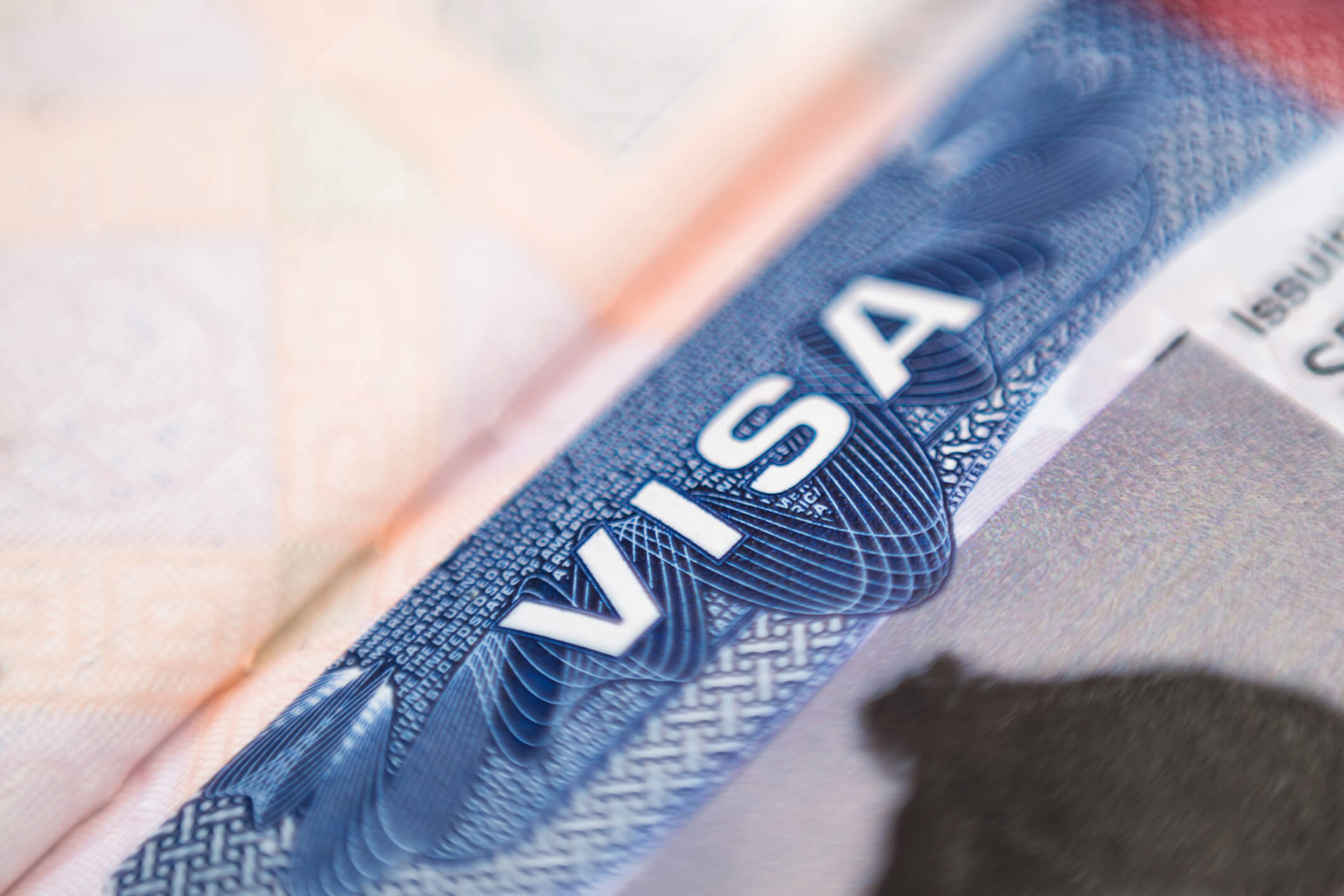In the August/September 2013 issue of the Immigration eAuthority, we reported on the U.S. Citizenship and Immigration Services’ (USCIS) plans to have its Fraud Detection and National Security (FDNS) unit conduct post-adjudication, domestic L-1 compliance visits in the first quarter of FY 2014. With the recent unannounced workplace visits to L-1 employers that began in January 2014, it appears that USCIS is expanding its worksite inspection program to certain L-1 employers. Although on-site inspections of L-1 employers are not yet prevalent, there will likely be an upward trend in L-1 site visits by USCIS in the months ahead.
While in recent years site visits have primarily targeted H-1B workers, the expansion of the Administrative Site Visit and Verification Program (“site visit program”) to include L-1 visas appears to be in response to the August 2013 report released by the U.S. Department of Homeland Security’s Office of Inspector General (OIG) addressing concerns over fraud and abuse within the L-1 visa program. Among the OIG’s recommendations to improve the integrity of the L-1 visa program, the report urges USCIS to make site visits a general requirement before renewing L-1 “new office” petitions. A new office petition may be filed by multinational companies that are in the process of launching a new office in the United States to transfer a managerial or executive employee to the United States for an initial period of one year.
Under the site visit program, FDNS conducts pre- and post-adjudication site inspections, typically without notice, at the employer’s principal place of business and/or at the work location as indicated on the visa petition to verify the validity of information submitted with an immigration petition and compliance with the terms and conditions of the relevant immigration status, as well as to confirm the existence of the petitioning employer and legitimacy of its operations. In the context of an L-1 petition, this may include confirming that the stated job duties are in line with the beneficiary’s classification as a manager or executive (L-1A) or an employee with “specialized knowledge” (L-1B), and verifying that the wage of the L-1 employee is at least at the level noted in the petition and is consistent with the listed duties and level of experience.
Site inspectors generally ask to review documents or speak with company representatives, as well as to interview the beneficiary of the petition and his or her manager. In addition, FDNS officers may request a tour of the employer’s premises and the beneficiary’s workspace and may take photographs of the premises. Inconsistencies between the data submitted with the immigration petition and the actual worksite conditions could trigger the issuance of a Notice of Intent to Revoke (NOIR) the visa petition. Failure to provide the requested information and documentary evidence to address the issues identified in the NOIR may lead USCIS to revoke the petition and result in a loss of work authorization for the relevant employee.
In terms of the parameters of the FDNS site inspections, for now, USCIS appears to be concentrating its efforts on individual petitions filed to extend L-1 employment for foreign workers already in L-1 status, where the original petitions were filed at USCIS Service Centers. In particular, following the OIG’s recommendations, the agency seems to be targeting new office L-1 cases, which, per the OIG report, are “inherently susceptible to abuse” since much of the information in the initial petition is forward-looking and speculative.
The expansion of the site visit program comes in the wake of new data released by USCIS indicating that, in FY 2013, the denial rate for L-1B petitions rose to 34 percent (after increasing to 30 percent in FY 2012), while 46 percent of L-1B petitions were subject to a Request for Evidence (RFE). This represents a more than five-fold increase since FY 2006, when the rate of denial was just six percent, despite the fact that there have been no new regulations modifying the adjudication standard.
The new information indicates that USCIS approved 11,944 L-1B petitions of the 17,723 received in FY 2013 (67 percent), down from 14,180 of the 18,740 received in FY 2012 (76 percent). The increased denial rates for L-1B petitions occurred after USCIS’s pledge, in early 2012, to publish new policy guidance clarifying the agency’s interpretation of “specialized knowledge.” This new guidance never materialized, leaving employers frustrated over continued inconsistent adjudications, high levels of L-1B denials and increased RFEs, and continued lack of clarification as to the basis for determining whether employees of a petitioning entity possess specialized knowledge.
While it remains to be seen whether USCIS intends to limit FDNS site visits to extensions of new office petitions or extend these site visits to all L-1 petitions (including individual L-1 petitions filed by established companies, initial petitions, and approved blanket L-1 applications), all L-1 employers should anticipate and be prepared for the possibility of surprise L-1 compliance site inspections and know what to expect. Employers are reminded to review immigration compliance policies and practices, including ensuring that internal protocols and best practices for site visits are in place and that the appropriate internal staff is trained to ensure a systematic and efficient response to reasonable FDNS requests regarding L-1 filings and their contents. In addition, companies that are the subject of an FDNS site inspection are advised to immediately contact experienced legal counsel. As part of our comprehensive immigration compliance services, Ogletree Deakins can assist employers in implementing proper procedures to avoid liability.



